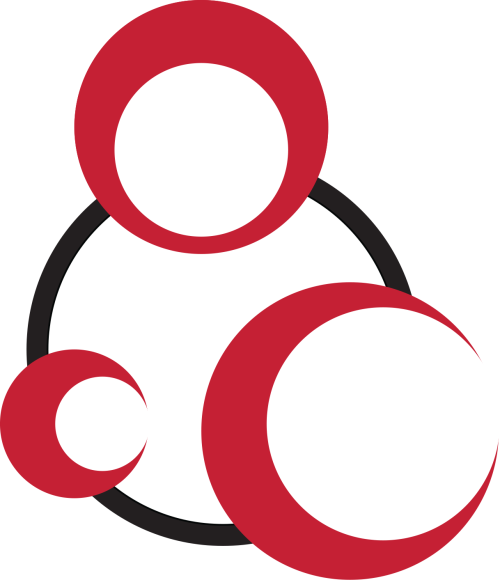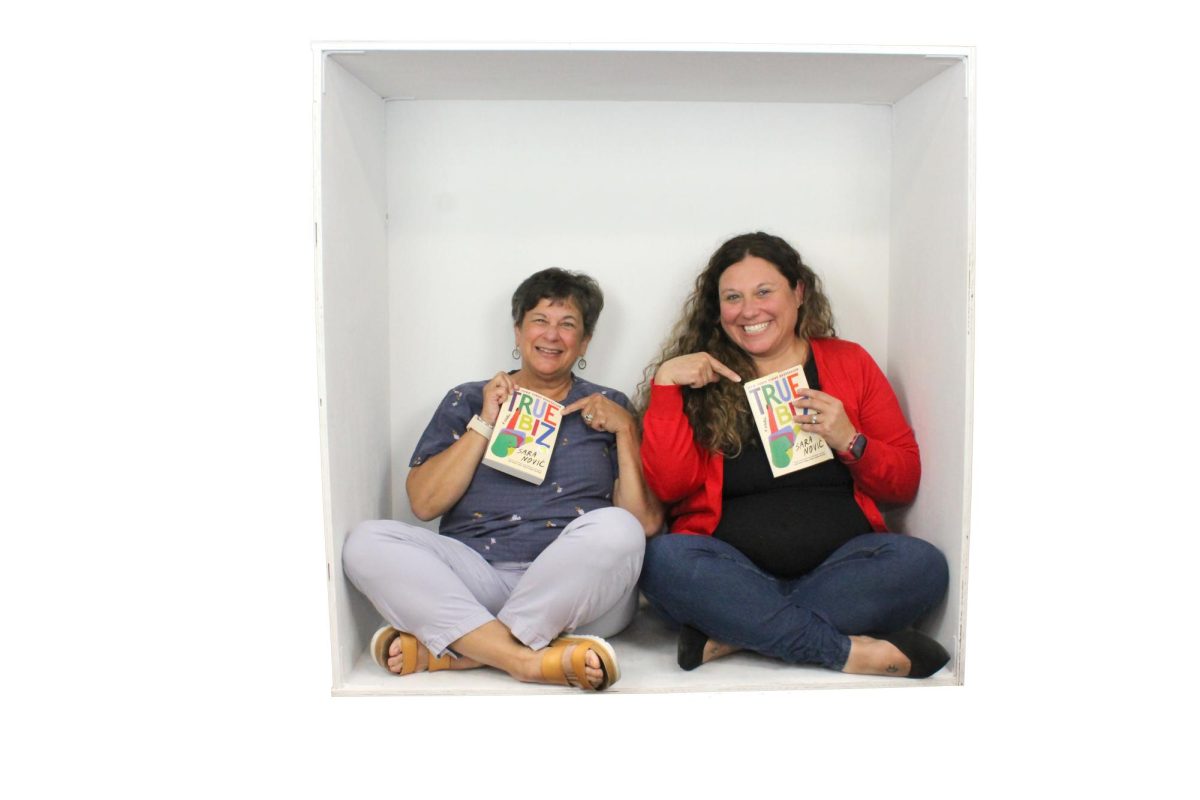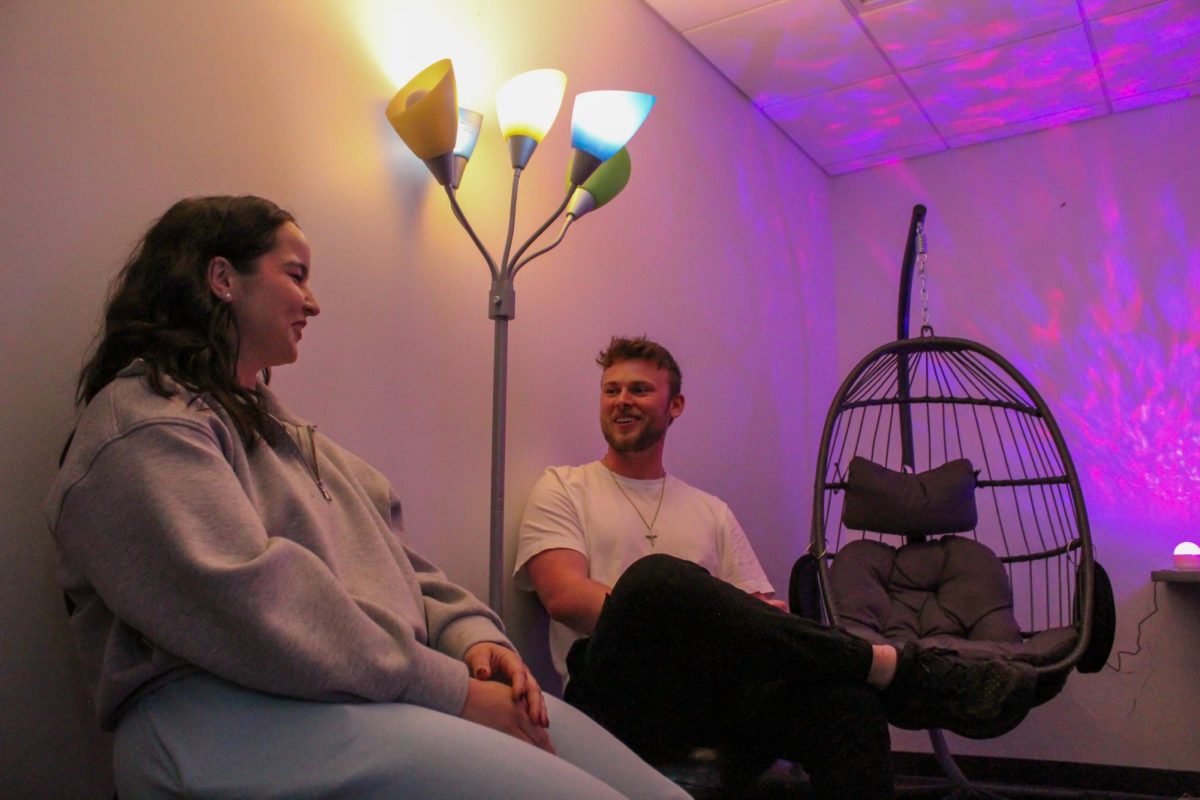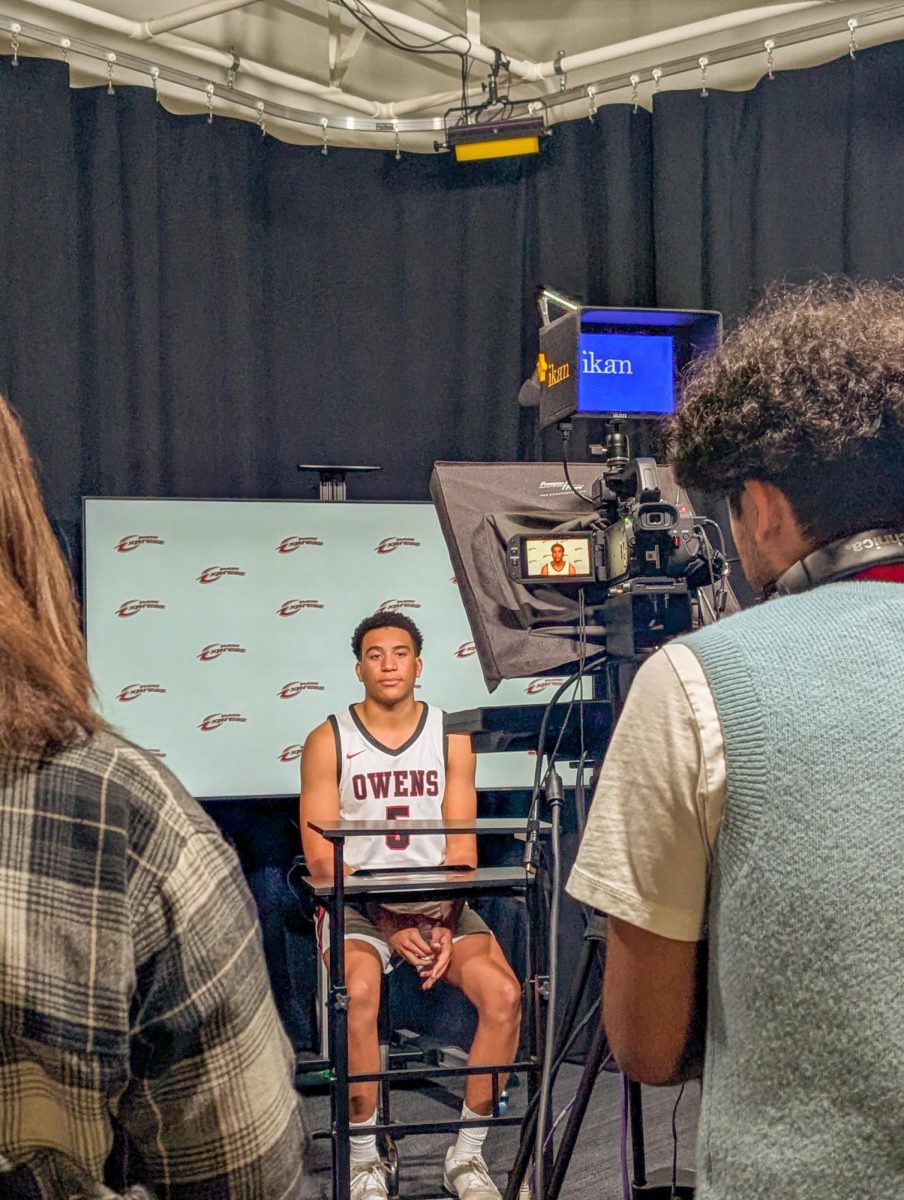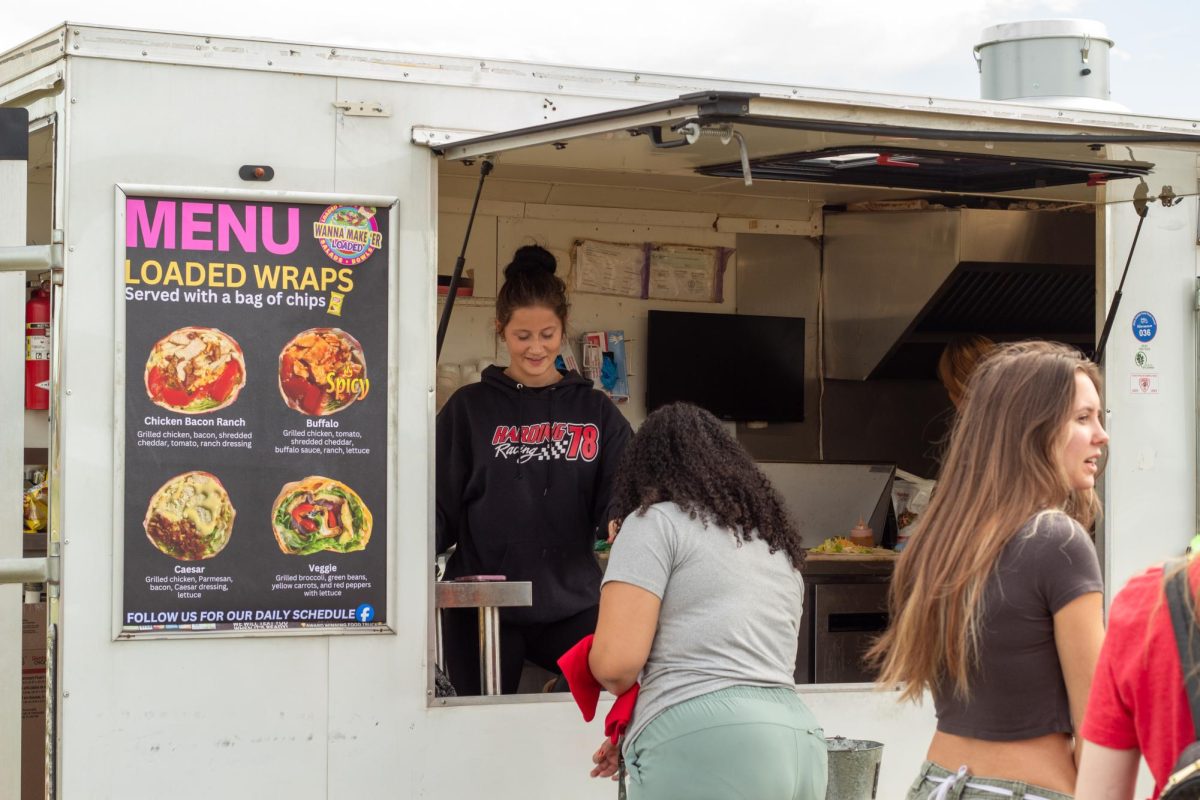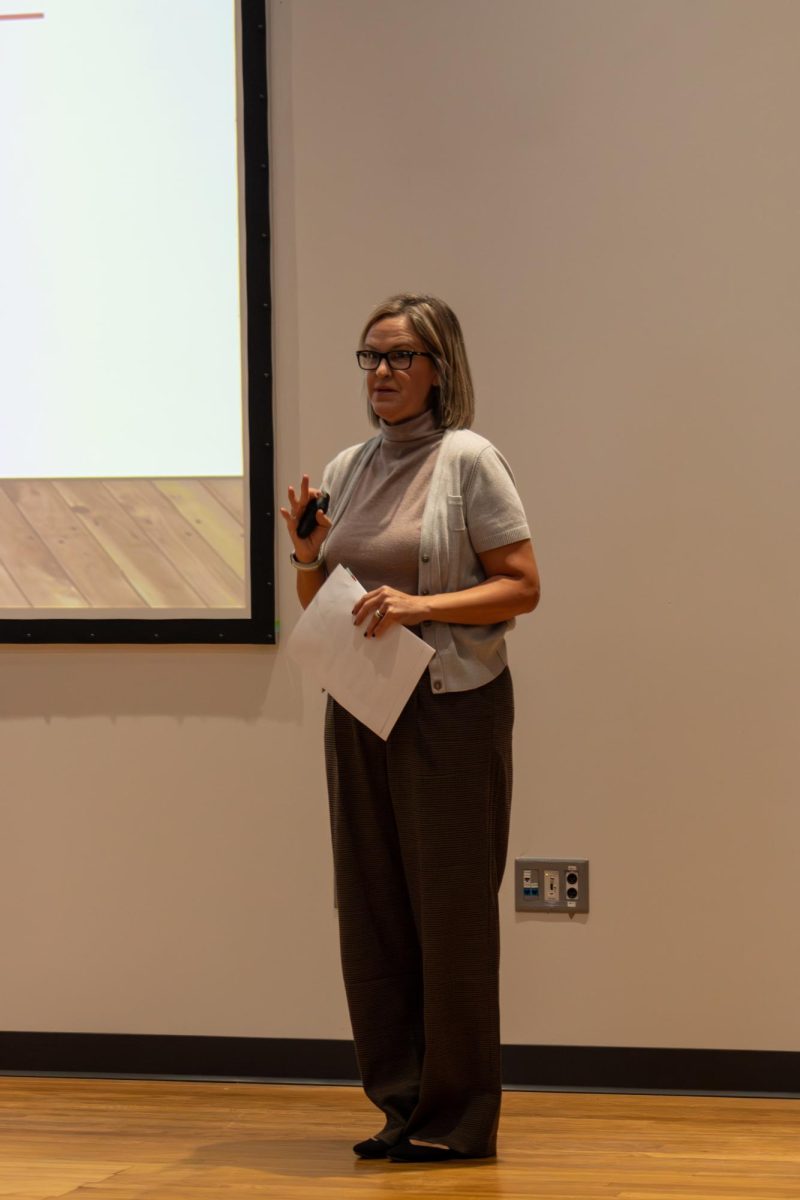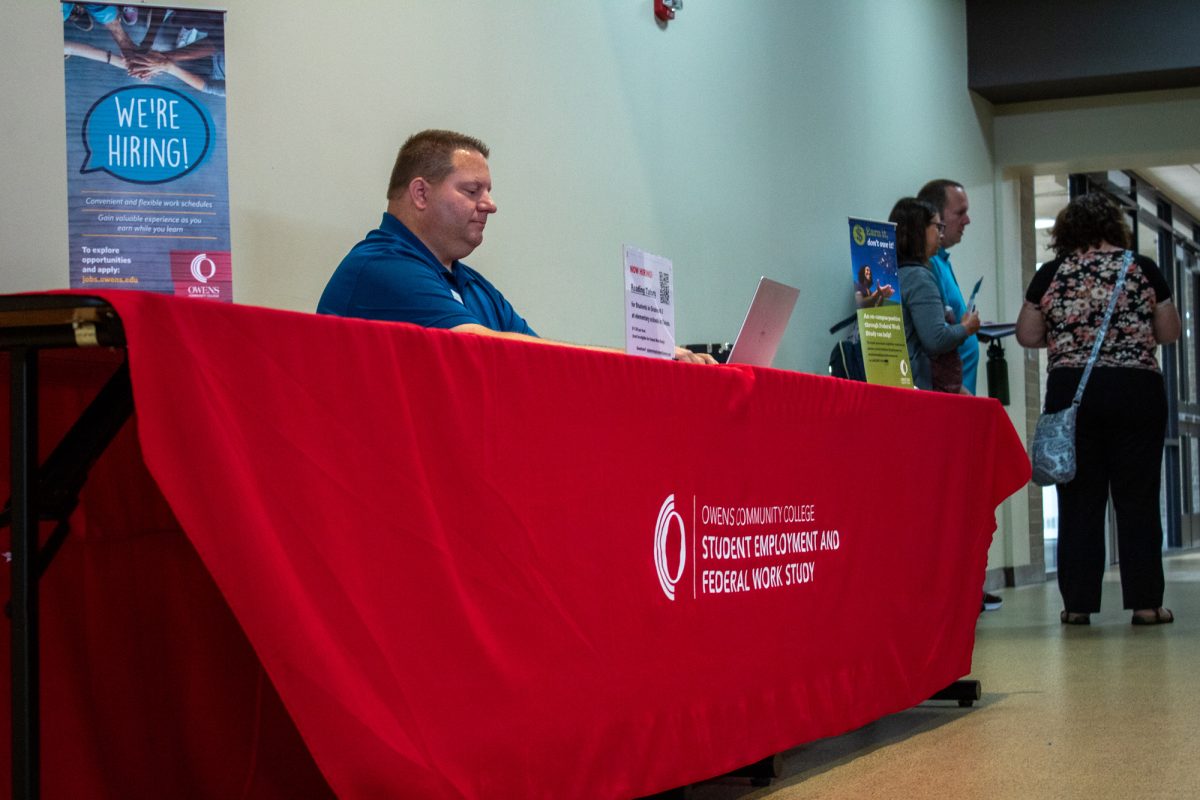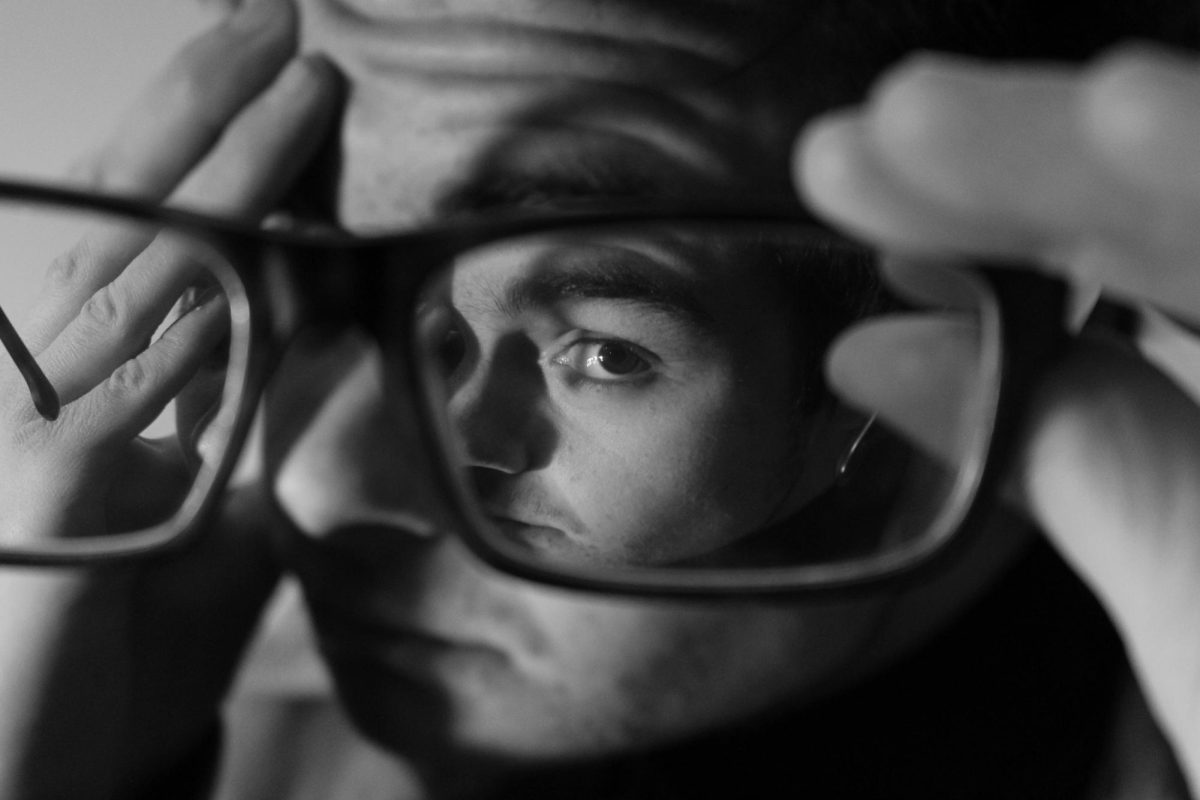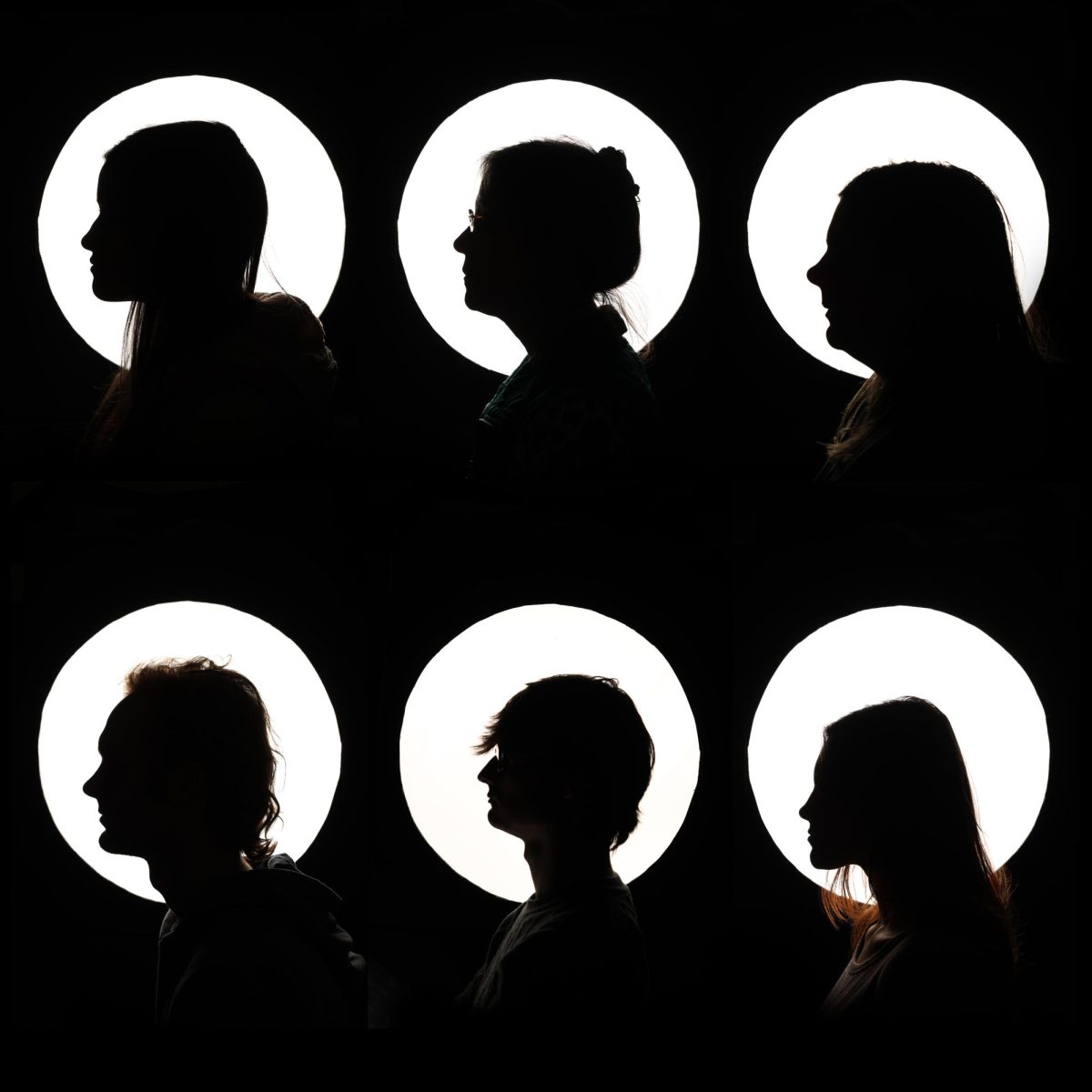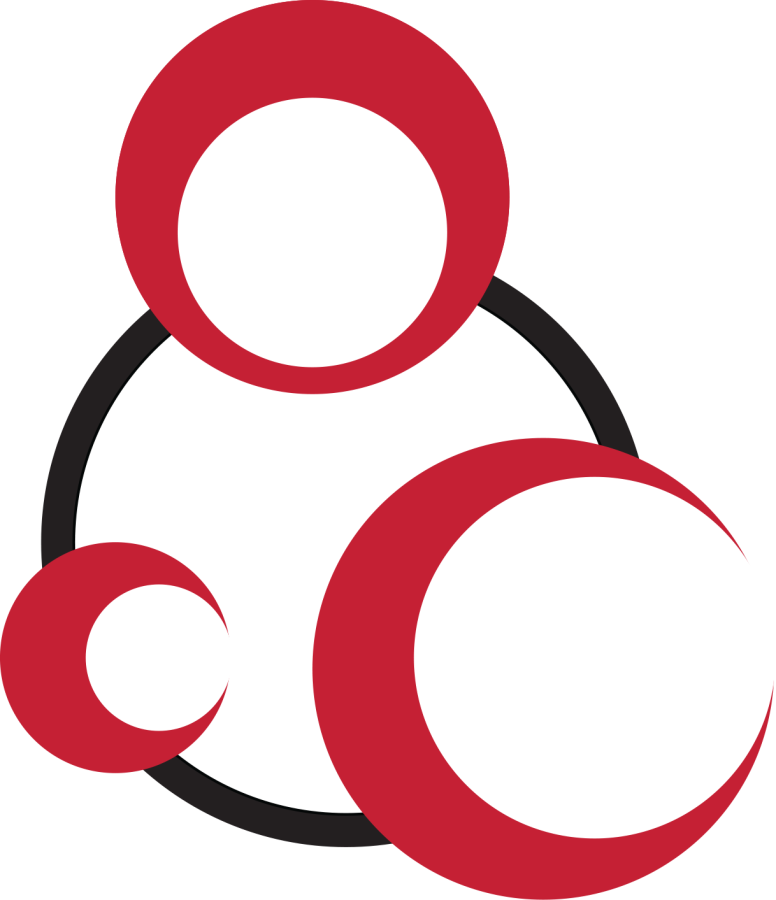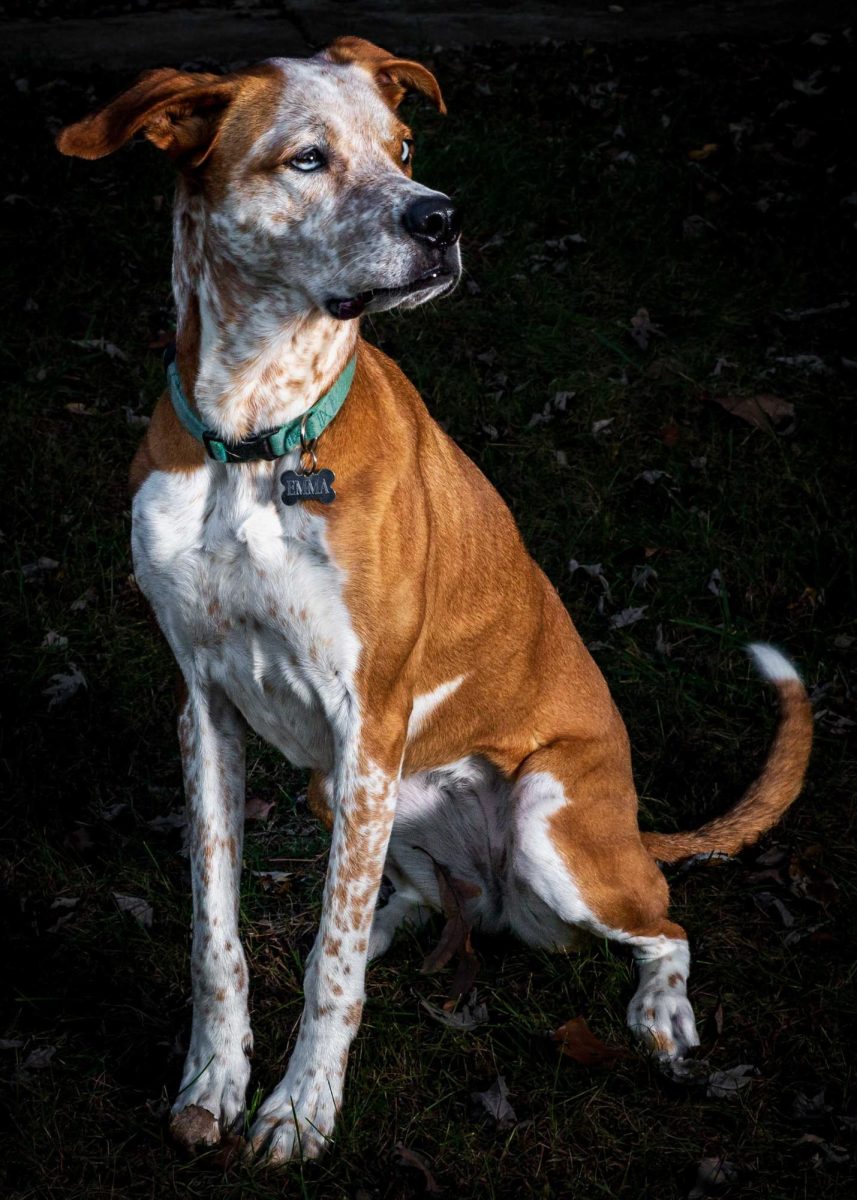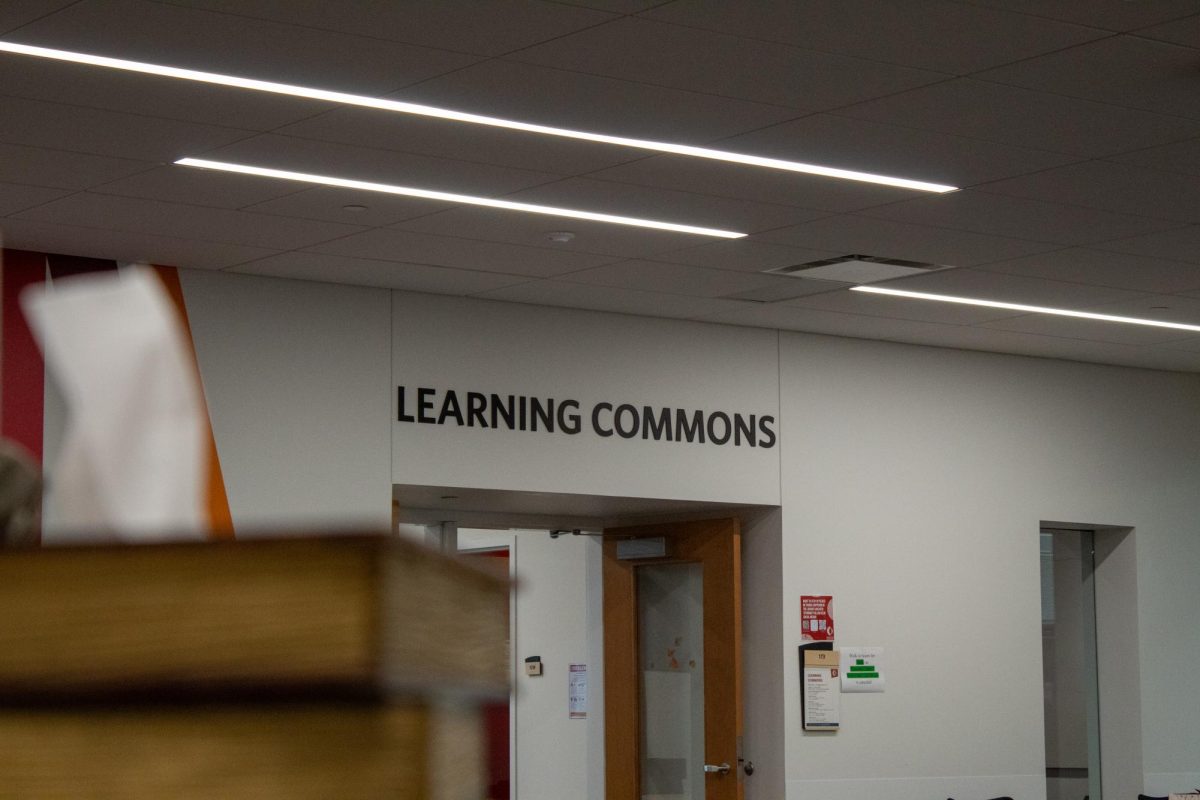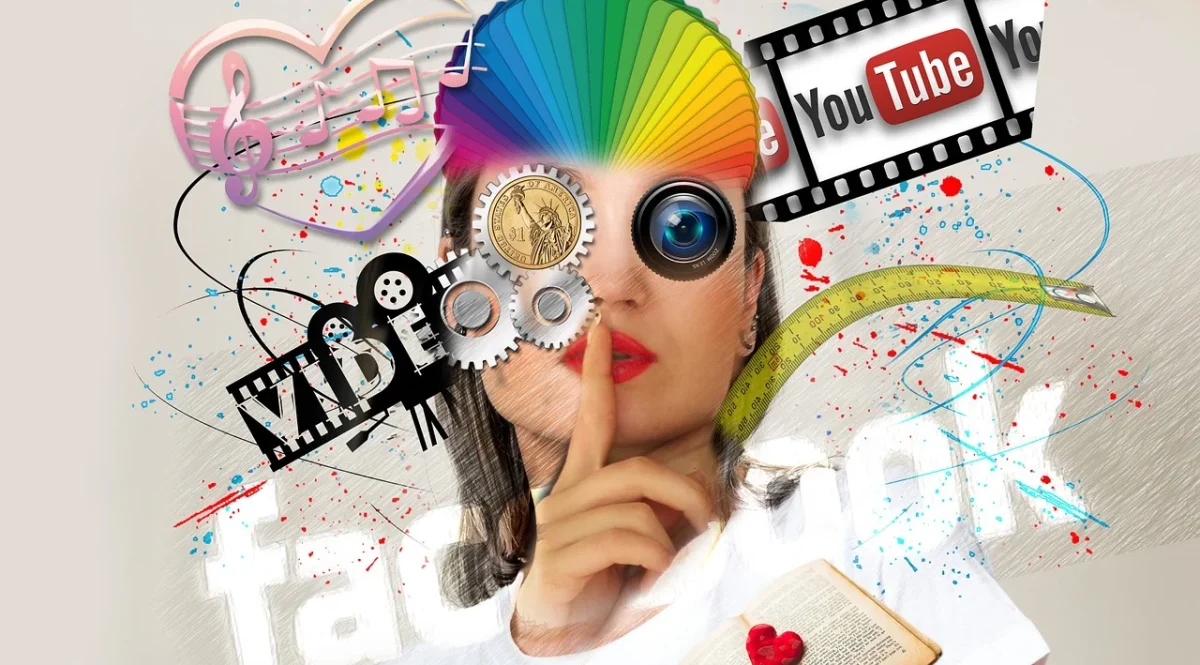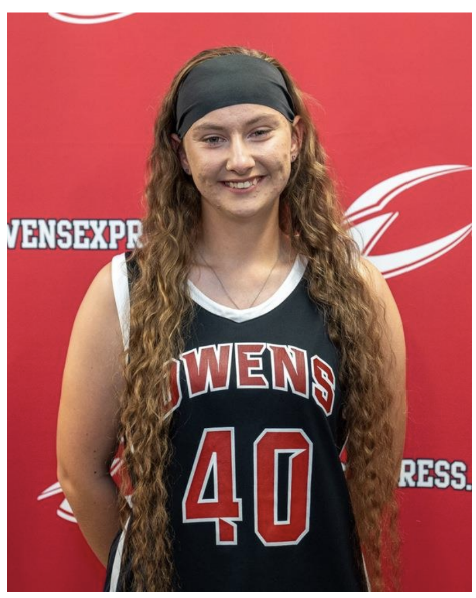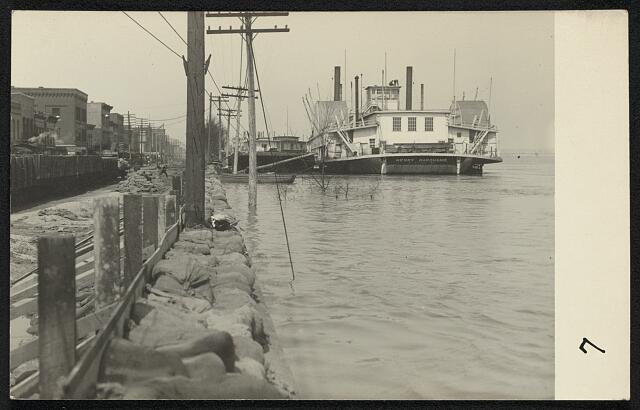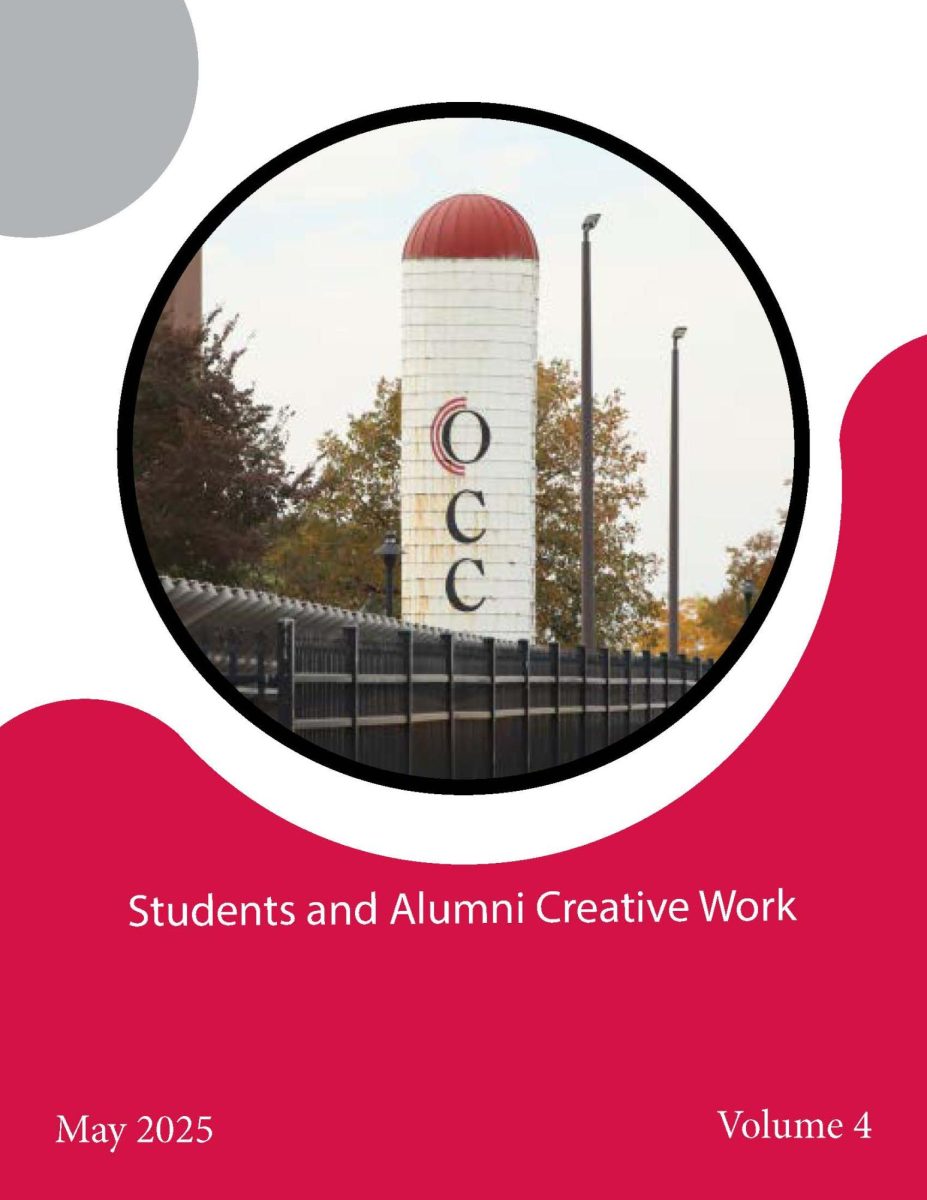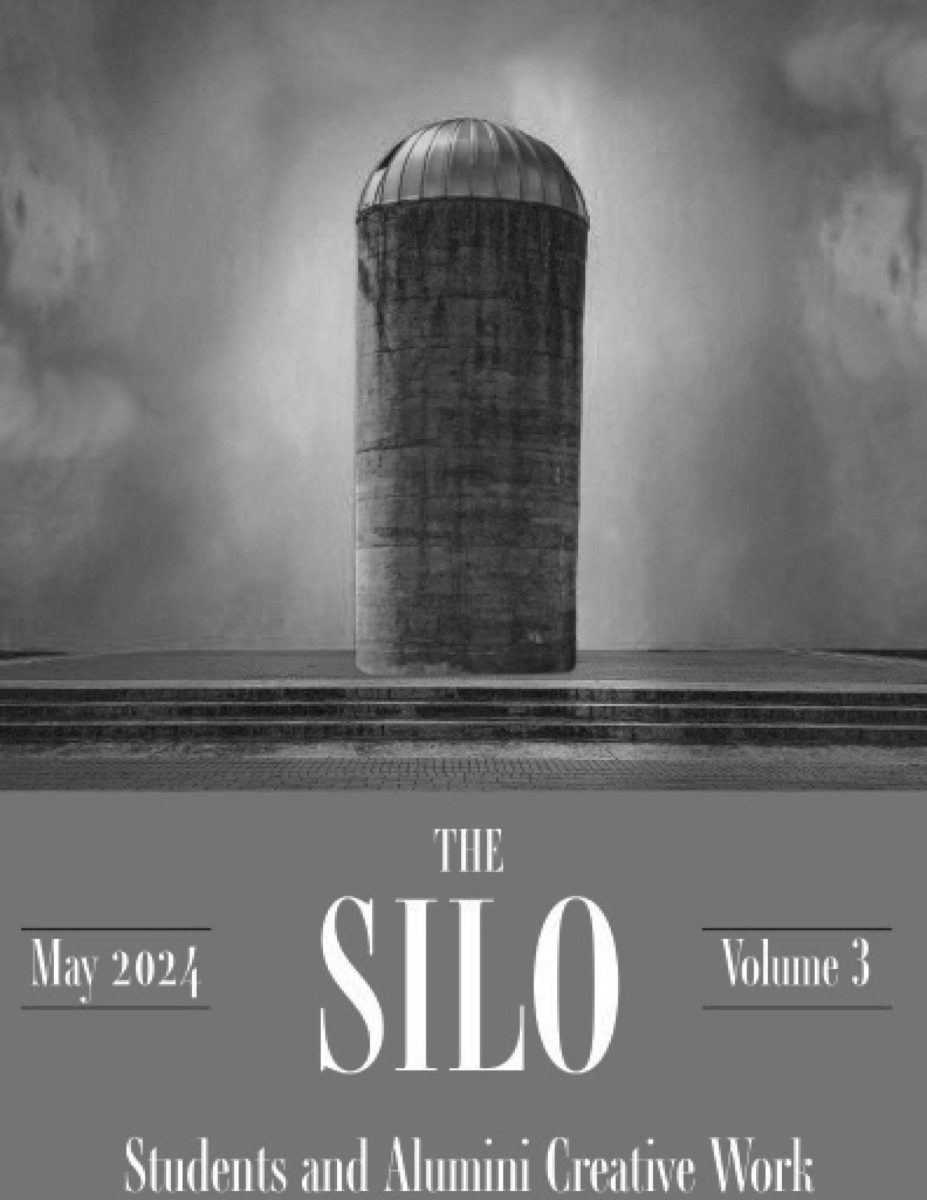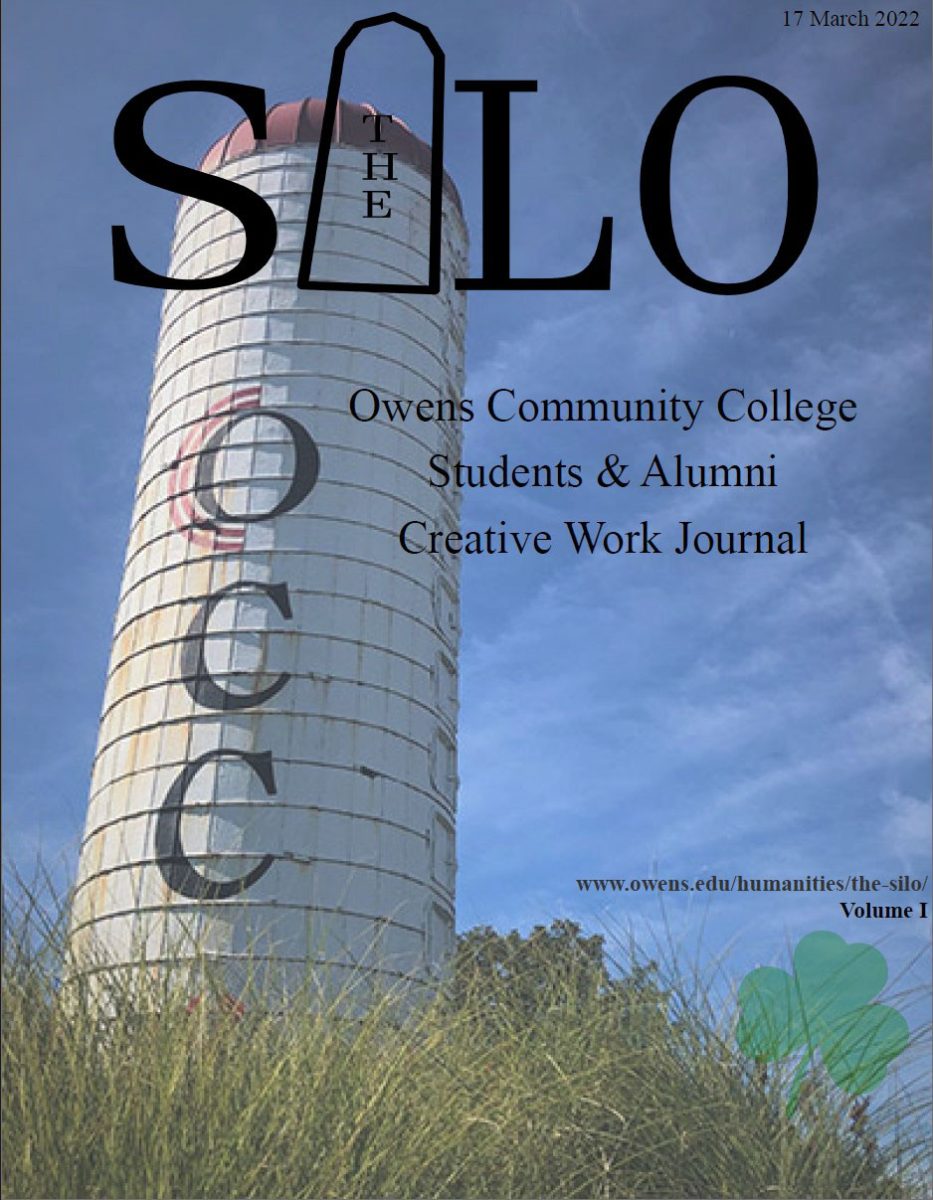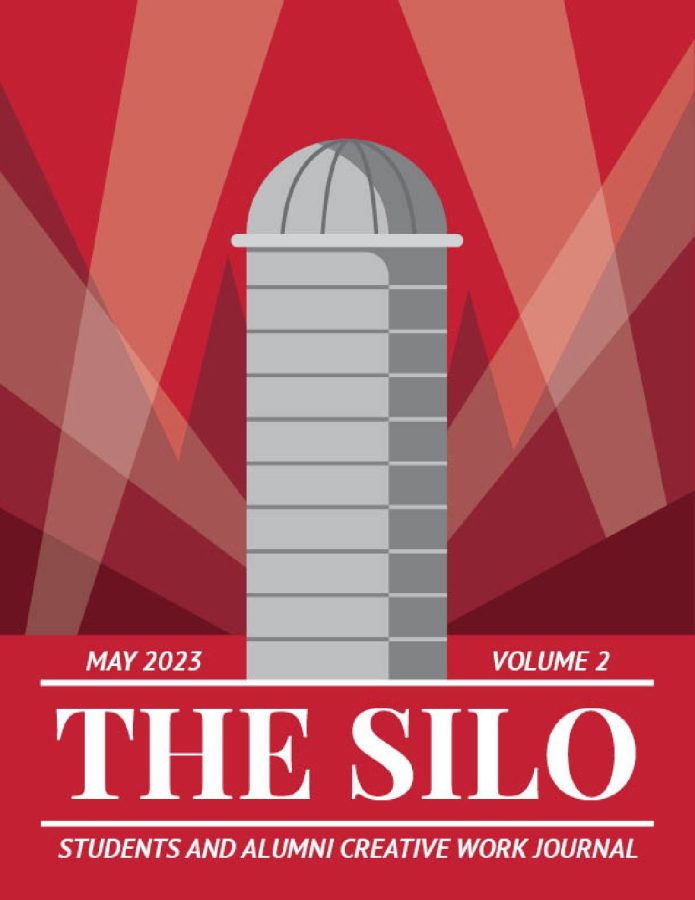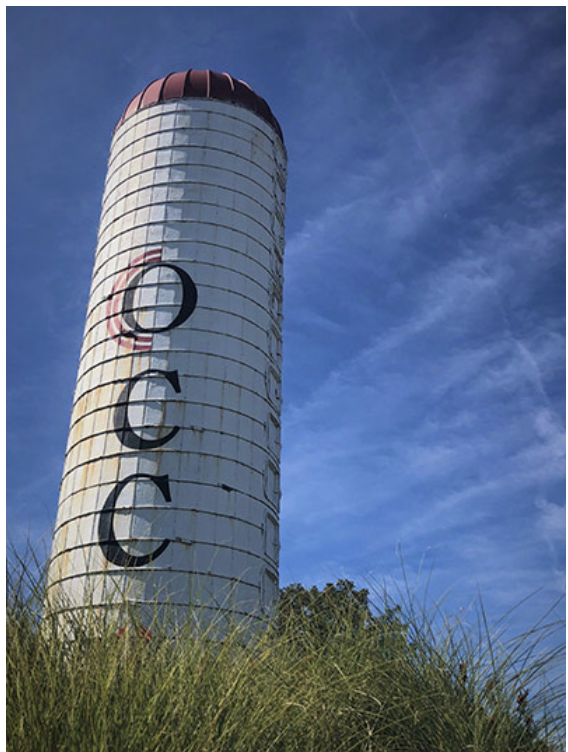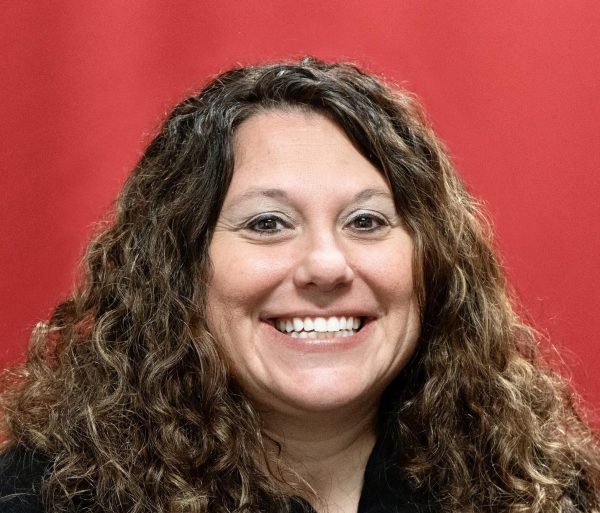
Bias, whether implicit or explicit, is an issue that pervades all areas of society, including the hallowed halls of academia. Colleges and universities, as centers of learning and growth, have a unique responsibility to address and confront these biases head-on. The journey towards amore inclusive and equitable campus environment is complex and ongoing. Still, it is a necessary pursuit for the betterment of the educational community and society at large. The first step in confronting bias is acknowledging its existence, which on this Thursday, August 29, at 11 a.m. in College Hall 100 or Livestreamed, we will have the opportunity to learn more about bias from the BIG Read Project.
So, what is bias? Bias refers to a systematic deviation from an objective or neutral standpoint. It can influence our perceptions, decisions, and actions in various ways.
For example, cognitive bias affects how we process information, while social bias impacts our interactions with others. Recognizing and addressing bias is essential for fair and informed decision-making.
Implicit biases are unconscious associations or attitudes that can influence our behavior towards others, and the most common type of bias we confront daily. These biases can stem from various aspects of identity, including race, gender, class, religion, and sexual orientation. The challenge lies in the fact that these biases are often ingrained and unrecognized, making them difficult to address without intentional effort and education. The consequences of failing to recognize these biases can be monumental.
In an interview with psychology professor Dr. Kristin Price, she stated, “The consequences of unchecked biases can be life-changing and devastating.”
She went on to say, “When biases are involved in social environments (e.g., exclusion of individuals based on perceived ability) people on both ends of the bias (those who hold them and those who are judged by them) are losing out on valuable experiences and interactions that are necessary for healthy social and emotional development.”
This is especially true for college communities. Failing to recognize biases in college communities can have profound consequences. It can perpetuate a culture of microaggressions and implicit biases that negatively impact the academic and social experiences of marginalized groups. Such an environment can lead to a lack of diversity in thought and experience, which is detrimental to the educational mission of these institutions.
Moreover, unrecognized biases can undermine the trust and inclusivity necessary for a healthy learning environment potentially resulting in long-term psychological impacts and decreased academic performance among affected students. Addressing these biases is crucial for fostering an equitable and supportive community for all members.
Colleges have begun to tackle this issue by implementing implicit bias training and diversity awareness programs. These initiatives aim to educate faculty, staff, and students about the neuroscience of snap judgments and the social psychology behind our unconscious stereotypes. By increasing awareness and promoting mindfulness, these programs strive to mitigate the involuntary associations that lead to biased behaviors.
However, confronting bias extends beyond awareness and into action. In Dr. Price’s opinion, “One of the most effective strategies at promoting fair and equitable treatment is to shed light on how implicit biases work. This way, instead of denying them and being defensive, people are more likely to accept that they exist and move to consider how they can recognize and resist them.”
Actively confronting biases involves creating spaces for dialogue and understanding, where individuals can share their experiences and perspectives. This can be facilitated through workshops, seminars, discussion boards, and open forums that encourage honest and respectful conversations.
Owens’s BIG Read Project, for example, works each academic year to present a “different perspective” for the college and community to explore and aim to better understand. This year’s perspective is Deaf culture, which will be explored through the novel True Biz by Sara Novic, Deaf rights activist who discusses the difficulties she experiences as a Deaf novelist, and various campus and community activities.
Another example of confronting bias in action is the story of confronting anti-rural bias in academia highlighting the importance of recognizing and valuing diverse backgrounds and experiences within the college setting from Emilie K. Peine, a professor in the international political economy program at the University of Puget Sound in Tacoma, Washington. Peine shares her experiences in an essay titled “Hillbillies in Higher Ed: Confronting Anti-Rural Bias in Academia.”
Peine reflects on the assumptions and ideas surrounding rural and urban places, emphasizing that rural is not just a physical location but also a state of mind. In academia, it’s essential to recognize the value and diversity of rural experiences, Peine noted.
By providing targeted support and incorporating diverse perspectives into research and policy discussions, we can create a more inclusive environment for all students all over. Moreover, confronting bias requires a commitment to systemic change. This means examining and revising policies, curricula, and practices that may perpetuate inequities. It involves a critical look at admission strategies, hiring processes, and support systems to ensure they are inclusive and equitable.
Owens Community College has taken steps to address these issues by seeking geographic and economic diversity in its admissions process, reflecting a clear progress towards a more inclusive environment. Our own former Owens Community College president, Dr. Steve Robinson, also led an initiative to replace stationary wheelchair icons that existed on our accessible parking spots, with the new dynamic ADA wheelchair symbols, as noted by Price.
As Dr. Price stated, “This simply asks us to think more closely about the assumed limitations of those using wheelchairs, accessible parking spots, or just those who have disabilities in general.”
These are just a few ways college communities can raise awareness of biases and ultimately change the narrative for those who have been misrepresented and discriminated against.
The role of the Owens Community College newspaper in this endeavor is equally crucial. As a platform for student voices and a record of campus life, our college newspaper has the power to shed light on issues of bias and discrimination. We can provide a safe space for students to express their definitions of bias, share strategies to guard against personal biases, and report on the efforts being made to confront bias on campus.
In conclusion, confronting bias is a multifaceted challenge that requires a concerted effort from all members of the college community. It is a continuous process of learning, unlearning, and relearning. By working together, we can create an environment where every individual feels valued, respected, and empowered to contribute to the rich tapestry of academic life. The path toward confronting bias is not an easy one, but it is one that we must navigate with determination and hope for a more just and inclusive future.
Don’t miss Dr. Price speak this Thursday, August 29 in College Hall 100 or Livestreamed at 11 a.m. on biases. Kim Musser-Quist, Instructor of American Sign Language, will also be speaking at this event about her experiences of bias as a Deaf individual.
